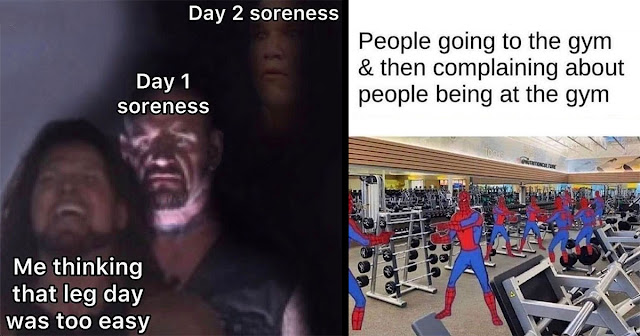After airing in 2005, The Office (US version), quickly became one of the most popular sitcoms. Still today the show plays a huge role in our pop culture and according to World of Statistics, it has been determined to be the most popular sitcom in history.
Looking at the show from the perspectives of the Frankfurt school and the Birmingham school is very interesting. The Frankfurt school takes the perspective of pop culture having negative societal impacts, feeding into stereotypes and perpetuating ideas that normalize inequality and oppression. The Office is widely known to have very off hand jokes and comments. The main character, the boss of the office, Michael Scott, continually makes remarks that would be questionable if they were made in today's society, yet remains to be popular and loved by the masses. The Birmingham school takes a different perspective on the matter. The Birmingham school has a much more positive outlook on popular culture. They generated the idea that the people consuming popular culture are smart enough to be able to filter it. This means that people are able to look at different things and consume different things in pop culture and not allow it to change their perspective or way of life on things. This allows people to be able to consume more pop culture without it perpetuating things like stereotypes, oppression and inequality. The idea is that when people see things that are problematic or negatively impact certain people groups or other things as such in society, we can take the poor examples from pop culture and learn from it, allowing us to put forward messages that do the opposite.
The popular TV show has seemed to grow out of date in its jokes and humor by reinforcing the idea that things like stereotypes and racism are normal or maybe even okay. Micheal Scott’s humor dips into areas of racism, homophobia, sexual harassment, and just plain bullying of his employees. The other characters are all recipients of his distasteful humor and actions. Some characters commonly seeming to be targeted are Stanley, who is African-American, Oscar, who is both Hispanic and gay, Kelly, who is a female Indian-American, and the many women of the office simply because they are women.
Even as somebody who has continually been a fan of the show and rewatched it numerous times, I wonder how this show has gained so much popularity even today. Do you feel like this show has a negative impact on society and sort of “gives the green light”, so to speak, for things like stereotypes and oppression, or maybe does it allow us to be more aware and understanding of these issues in our society today? Similarly, with how big cancel culture has become, why do you think this show is still as popular as it is and is it offensive or simply just sitcom humor?















